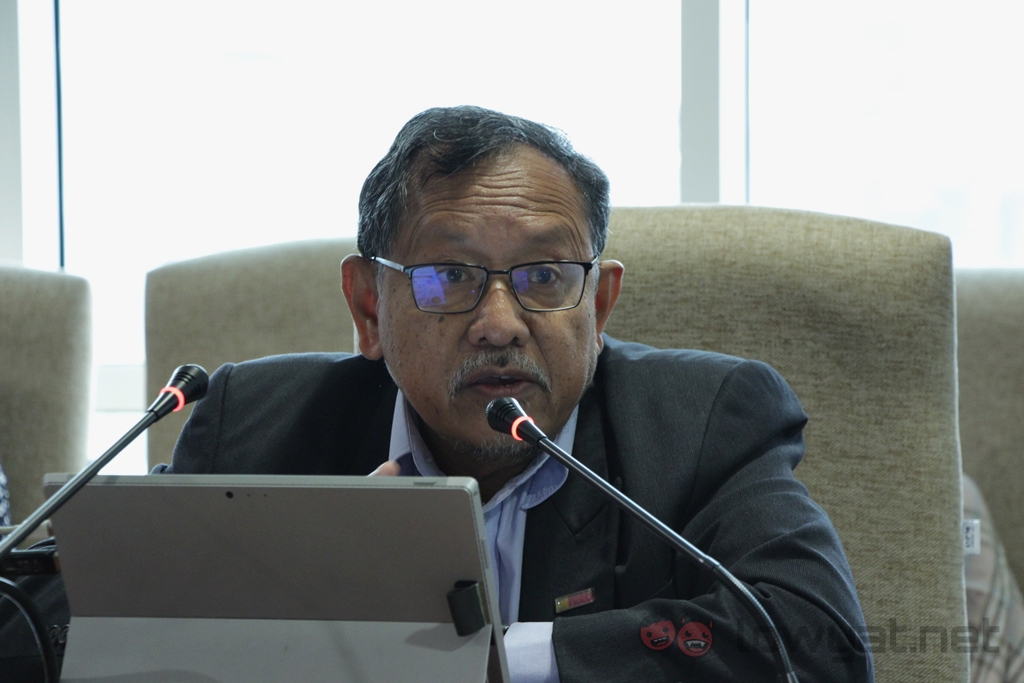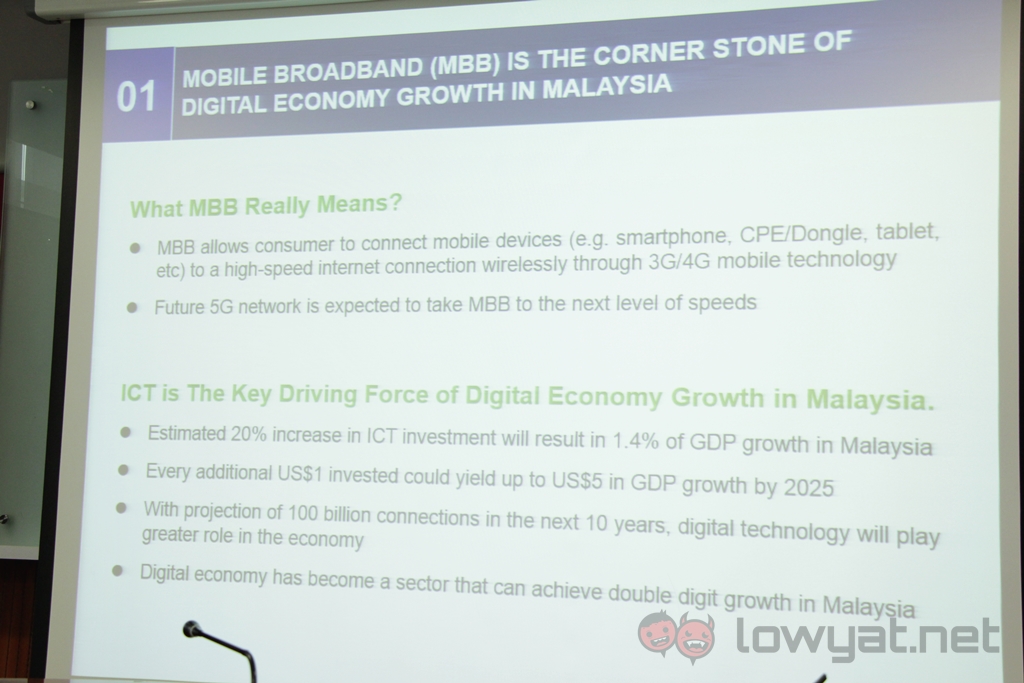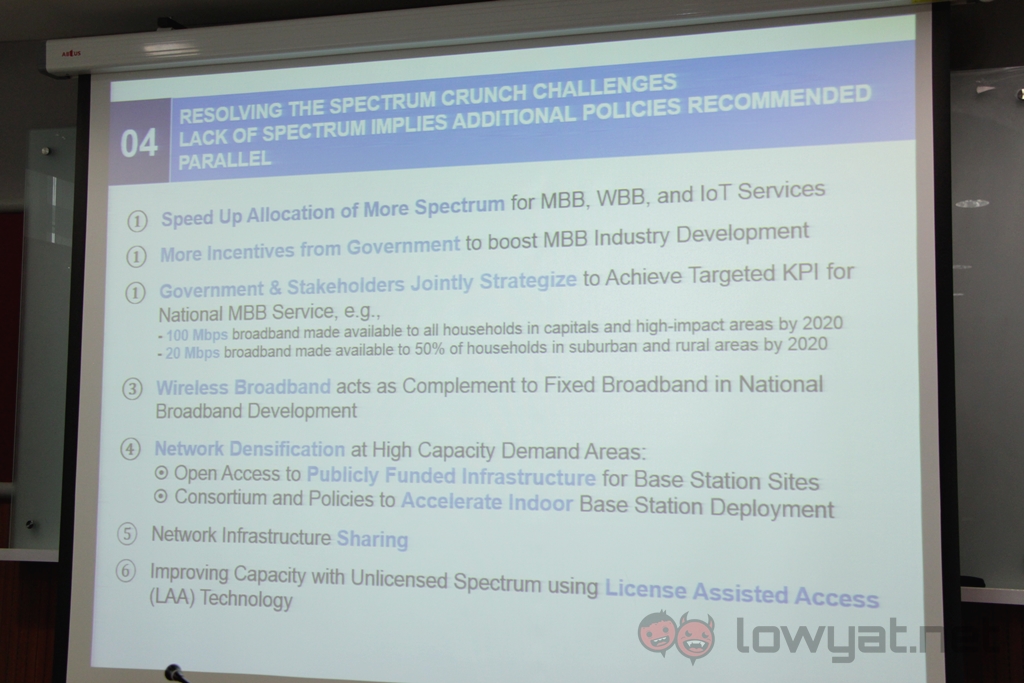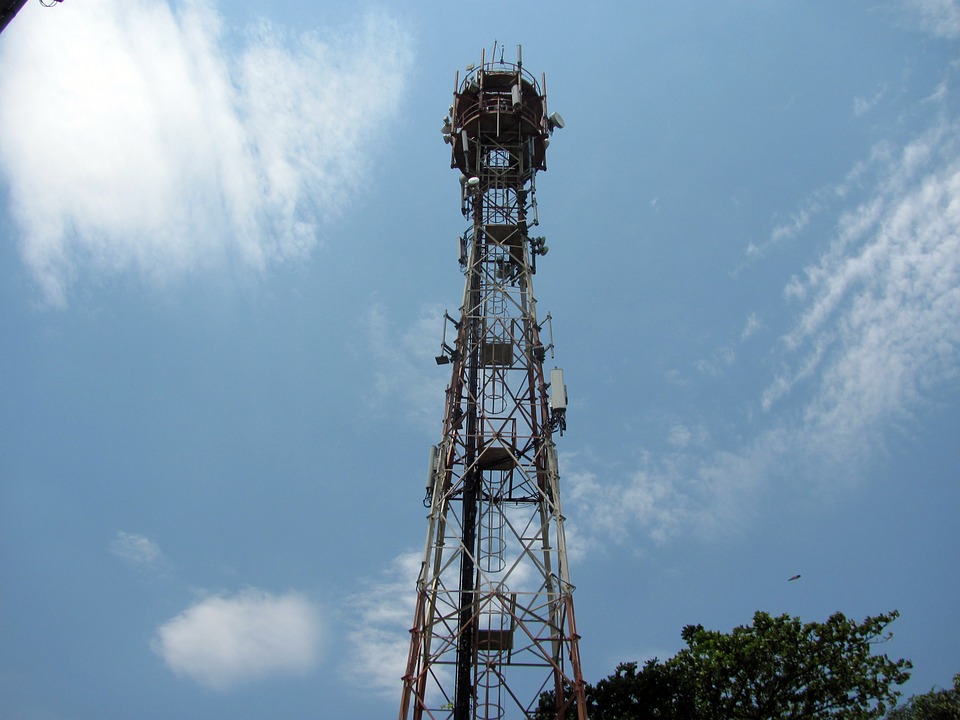Malaysian mobile broadband use is set to increase exponentially by 2020, and the current infrastructure is unlikely to be able to support future bandwidth requirements. Only 130MHz of the required 307MHz can be achieved with the current infrastructure; possibly leading to a future where there is not enough bandwidth to support the nation.
This conclusion was presented by a white paper from University Teknologi Malaysia. Professor Tharek Abdul Rahman, lead researcher and Director of UTM’s Wireless Communication Centre, explained that more needs to be done by the government to maintain the current quality of service.
The study test 4G connections across four key areas in the Klang Valley, Johor, Sabah, and Sarawak. These included urban, suburban, rural, and indoor areas to determine the quality of mobile broadband in Malaysia. Researchers tested connections from three unnamed telcos; scoring them collectively to aggregate a single score for broadband quality in all locations.

Unsurprisingly, the Klang Valley showed the best broadband quality; while Sabah and Sarawak showed the poorest. Interestingly, the study also discovered that mobile broadband in urban areas in Kuala Lumpur is beginning to show signs of congestion from too many users. The data showed that mobile broadband speeds and latency improved once researchers left the city centre and moved out to suburban areas.
The Average Page Download Latency in dense urban areas clocked in at 5145.3ms, while suburban scores showed a APDL of 4860.8ms. More notably, the Average Page Download Speed for dense urban and suburban locations in the Klang Valley were 5114.6kbps and 5969.6kbps.

UTM’s WCC also collected data from the four major telcos to forecast bandwidth requirements in 2020. According to projections, Malaysia will need an additional 957MHz of spectrum allocated to 4G networks in order to meet future needs.
Telcos currently have 650MHz worth of spectrum available for use, leaving a gap of 307MHz to be filled from other sources.
One source of additional bandwidth is the spectrum current utilised by analogue television signals. According to Prof Tharek, the bandwidth used by a single analogue television channel can be used to support up to eight times as much mobile broadband data. This situation explains why it is now necessary for the government to push citizens to switch to digital TV.
At the moment, television occupies the 700MHz spectrum band; and moving to digital signals is expected to free up 90MHz for mobile broadband use.
A second source of spectrum is also expected to come from the use of the 1400MHz band. It is currently under utilised, and Prof Tharek recommends that it be refarmed to allocated 40MHz of additional spectrum for telcos.
The white paper notes that there is still a gap of 177MHz after allocating these two spectrums; which will likely lead to a dip in performance from mobile broadband providers.

As such, the WCC recommends that the government speed up the allocation of more spectrum for mobile broadband services. The white paper notes that Asia Pacific accounts for 51 percent of the world’s mobile broadband connections, yet still manages to lag behind in identifying additional spectrum for the near future.
The year 2020 is only just over two years away, and the race to meet the explosion of broadband requirements is long overdue. Not to mention that the year in question will begin to see the first deployments of 5G connections. The World Radio Communication Conference will be determining the final specifications for the next generation of mobile communications in 2019; which may require telcos to figure out how to fit it into their own increasingly taxed spectrum allocation.
Follow us on Instagram, Facebook, Twitter or Telegram for more updates and breaking news.


